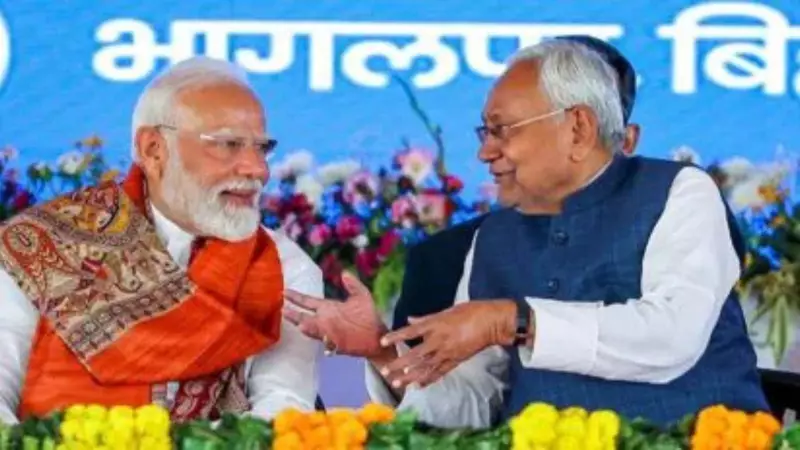
The Bharatiya Janata Party-led National Democratic Alliance (NDA) has unveiled a carefully crafted candidate list that reveals a strategic balancing act between two of India's most influential voting demographics. Recent analysis of the coalition's selections shows a clear pattern of representation that could significantly impact the upcoming electoral battle.
The Demographic Power Play
According to detailed constituency mapping, Rajputs and Extremely Backward Classes (EBCs) emerge as the two largest community groups within the NDA's candidate pool. This calculated distribution demonstrates the coalition's understanding of ground-level political realities and caste equations that often determine electoral outcomes in key states.
Strategic Representation Breakdown
The NDA's candidate selection process appears to follow a sophisticated demographic strategy:
- Rajput candidates have been fielded in constituencies where their community holds significant sway, particularly in states like Rajasthan, Uttar Pradesh, and Gujarat
- EBC representatives have been strategically placed to mobilize the substantial Extremely Backward Classes vote bank across multiple states
- The balance ensures neither group feels underrepresented while maximizing the coalition's appeal across caste lines
Coalition Mathematics at Work
What makes this distribution particularly interesting is how it strengthens the NDA's overall position. By ensuring adequate representation for both Rajputs and EBCs, the coalition addresses potential friction points while building a broad social coalition.
Political analysts note that this approach reflects the BJP's evolving strategy of creating a pan-Indian social coalition that transcends traditional caste boundaries while acknowledging the continued importance of community-specific representation.
Beyond Traditional Calculations
The candidate list suggests a more nuanced understanding of contemporary Indian politics. Rather than relying solely on traditional vote bank politics, the NDA appears to be betting on candidates who can appeal to multiple demographics simultaneously while maintaining their core community support.
This strategy becomes particularly crucial in states where the opposition has been attempting to consolidate anti-NDA votes along caste lines. By preemptively addressing representation concerns, the ruling coalition aims to neutralize potential opposition narratives.
Electoral Implications
The careful balancing of Rajput and EBC representation could prove decisive in several closely contested constituencies. Both communities have demonstrated significant voting power in past elections, and their enthusiastic support could create formidable electoral advantages for NDA candidates.
As the election campaign intensifies, all eyes will be on how this demographic strategy translates into actual votes. The success or failure of this carefully calibrated approach could set new templates for coalition politics in India for years to come.





